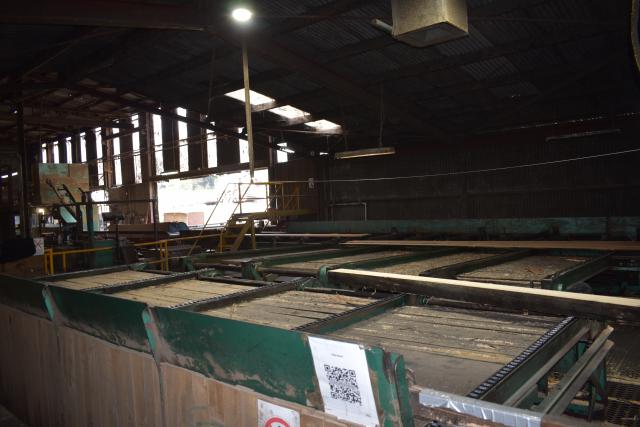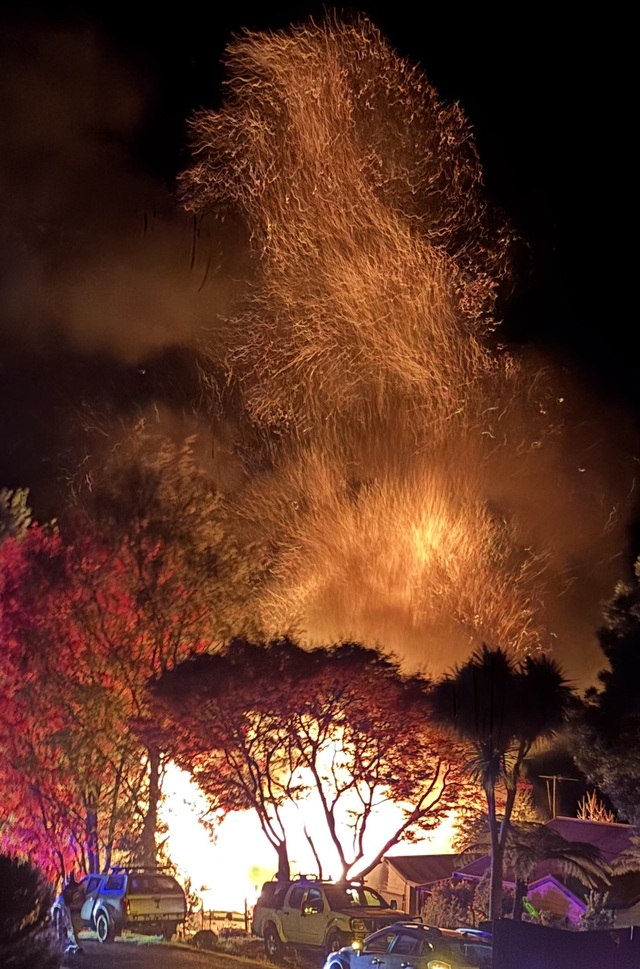The following is part one of a three-part opinion submission, detailing the history of forestry in Victoria, namely in Gippsland and the Central Highlands, submitted by freelance forestry writer Philip Hopkins.
As of January 1, Victoria’s hardwood industry is now largely gone, with harvesting of timber from native forests on Crown land no longer permitted.
Gippsland’s native forest is part of the vast swathe of forest that stretches along the Great Dividing Range from the Dandenongs to behind Brisbane.
It’s integral to Australia having the seventh biggest forest estate in the world after Russia, Brazil, Canada, the US, China and the Democratic Republic of the Congo.
Victoria is still one-third forest, even after land clearing for agriculture and towns and cities.
These hardwood forests have provided Victorians with high-quality timber for housing, such as framing, flooring and windows, and furniture – beds, dining tables, chairs, sideboards and kitchen fit-outs. Victorian Ash has been used in engineered wood as huge columns and beams that are as strong as steel. Lower-quality hardwood timber has become fences, garden stakes and pallets while traditionally; pulp was turned into white copy paper at Australian Paper’s Maryvale Mill.
The timber was largely harvested under the forestry science and sustainable practices that were developed in Germany in the 18th Century and then spread throughout much of the Western world. These practices were adapted to Australian conditions.
The former Andrews Government’s decision to close Victoria’s native forest industry is the culmination of successive cutbacks in the timber available to industry over the past 50 years.
Key drivers were the huge expansion of national parks and other reserves that exclude timber harvesting; increasing environmental protection in state forests available for timber production in federal-state agreements; relentless pressure from green groups; dubious political decisions; the massive fires of the past two decades; and new harvesting techniques.
The 1939 Black Friday bushfires had a massive impact; the Central and East Gippsland forests were opened to harvesting to provide timber for the post-war building boom due to the damaged hardwood forest close to Melbourne.
The then Forests Commission realised that the relentless use of the hardwood forests in the housing boom, particularly as post-war immigration grew rapidly, was unsustainable. Forest researchers pushed to develop a softwood resource for use in general house framing; the upshot was the dramatic expansion in the 1960s of pine plantations over the next 20 years based on interest-free Commonwealth loans.
From the 1950s to the early 1970s, quality native hardwood saw log production was 1.2 to 1.5 million cubic metres per year (m3/yr), according to a paper by the former chief executive of the then Victorian Association of Forest Industries, the late Graeme Gooding, who grew up in Seaspray.
In 1970, only 205,267 hectares of national parks had been created in Victoria’s native forests. In that year, the State Coalition Government formed the Land Conservation Council, which over the next three decades established an extensive reserve system founded on sound science. The studies included special investigations into wilderness, rivers and streams. Out of that process, an extensive reserve system was created, including the Alpine National Park and other national parks in East Gippsland.
In 1985, at the instigation of the Cain Labor Government, the Professor of Forestry at Melbourne University, Ian Ferguson, conducted a Timber Industry Inquiry – the first public forestry inquiry since 1897 – that was described as an “excellent report” by the responsible Minister.
Out of that inquiry came the highly praised 1986 Victorian Timber Industry Strategy (TIS), which introduced detailed forest management plans; the Code of Forest Practice, where harvesting was prohibited in streamside buffers and steep slopes; water catchment management; audits of compliance; action for endangered species; coupe plans; saw log traceability; and 15-year licences for industry.
Under TIS, sustainable yield was calculated on a regional basis by foresters who had an intimate, first-hand knowledge of the forests, with help from aerial photography. Areas of forest were to be harvested on a rotation of 80 years. ‘Sustainable yield’ basically means that trees must be regrown to replace those cut down to guarantee a long-term timber supply.
The Federal Government then took a hand in what had been a state responsibility; the Commonwealth produced a national forest policy statement in 1992 that aimed to create a long-term consistent approach to forest conservation and management.
It had been inspired by the 1992 Rio Earth conference and the subsequent action by leading timber nations, who met in Montreal, Canada and drew up recommendations for sustainable forestry. The 1995 National Forest Policy Statement (NFPS) emphasised the need for a landscape-focussed approach to conservation and forestry, and which became the basis to prepare the Keating Labor government’s Regional Forest Agreements (RFAs), described by Mr Gooding as a “ground-breaking process”.
“Few if any countries around the world … attempted such a detailed national systematic analysis with a view to establishing a CAR (comprehensive, adequate and representative) forest reserve system,” he said.
Continued in next week’s edition of the Star Mail.







